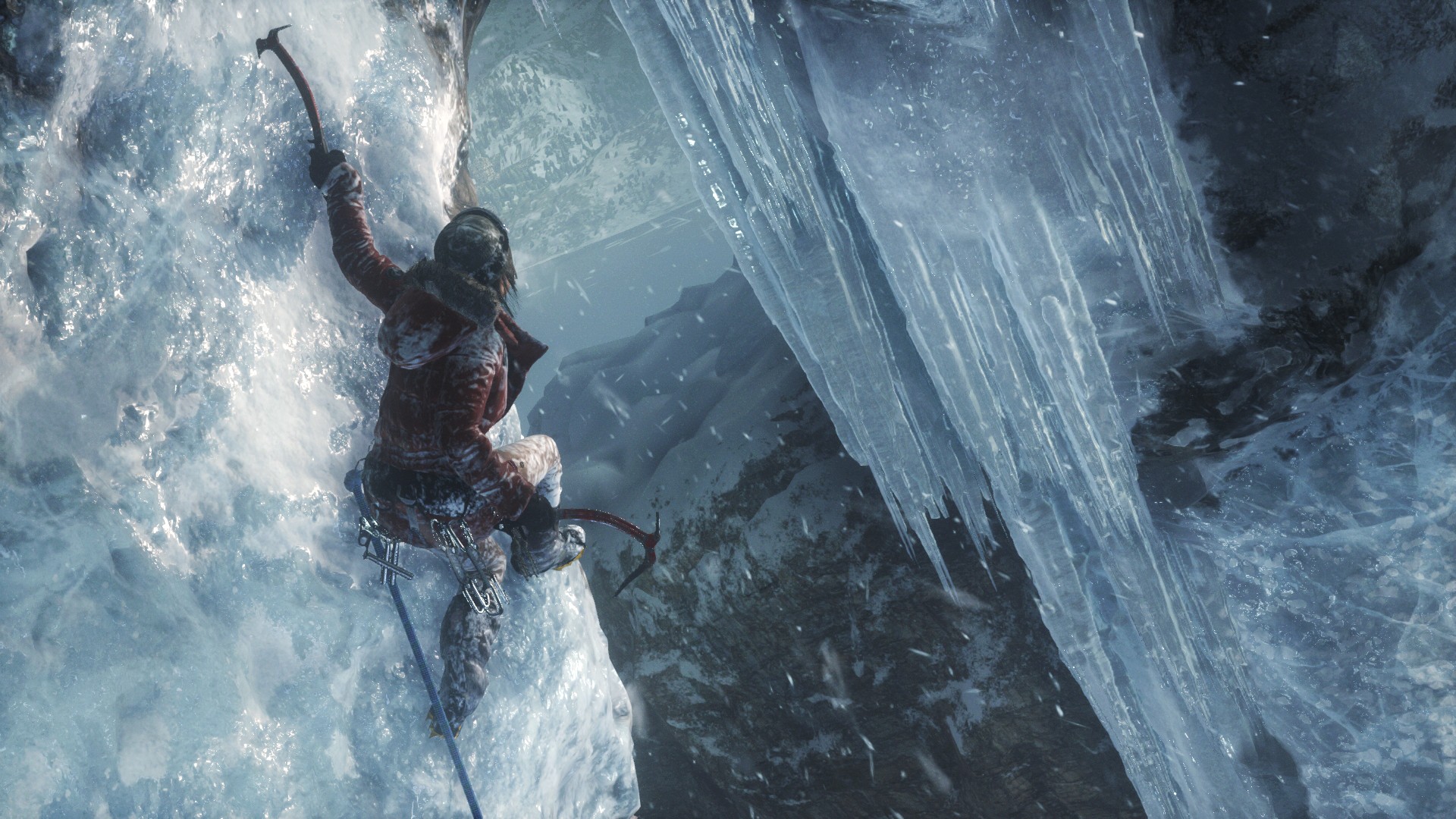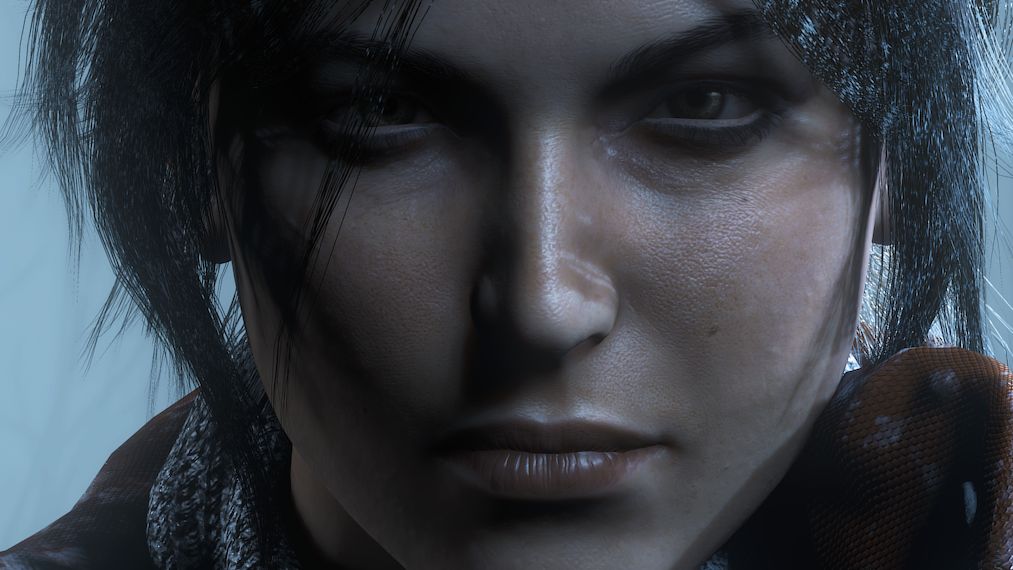The power of animation in Rise of the Tomb Raider


In Why I Love, PC Gamer writers pick an aspect of PC gaming that they love and write about why it's brilliant. Today, Tom plunges Lara into a freezing river to make a gif and feels bad.
There's an interesting gap between player and player-character in third person action games. You're always a few steps removed. It's someone else's story, but you have to stick around to pilot them safely through it. That means the player-character is a much a performer as an avatar. It's their job to emote, to sell the fantasy to the weird observer/controller floating eight-to-ten feet behind their head.
That makes your avatar's animation extremely important. Even the way a character jumps tells you a lot about the game world. In Darksiders 2, Death's speedy, assured jumping arcs demonstrate a clarity of motion that fits the game's cartoon world. Prince of Persia's vaults and wall-runs defy gravity, perfect when you remember that the Prince is boastfully recounting the adventure and probably can't resist the temptation to oversell his abilities. Rise of the Tomb Raider goes the other way. Lara frequently stumbles, slips, loses grip. Her unsteadiness implies a world of varied, unpredictable surfaces. It wordlessly establishes a degree of realism that suits the game's survivalist tone.
Tomb Raider, and games like The Last Of Us before it, are doing even more to communicate with players using incidental character animations. The big locomotion and combat animation sets are augmented by a suite of tiny humanising behaviours. Lara hugs herself against a blizzard. Approaching, a fire she automatically puts her hands out to warm herself. When she leaves water she wrings out her hair. As she passes close to surfaces she puts an arm out to steady herself.
Ever-improving animation technology blends these seamlessly into your movements, so you're never slowed down or interrupted by these reactive motions. As I guide Lara indoors, one animation rule makes her reach out to avoid the door frame, another turns her head left to look at an NPC. Meanwhile, her gait and direction shifts with the pressure I place on the control stick. Watching your avatar perform actions outside of your control ought to widen the player/avatar gulf, but it adds an extra level of responsiveness, and puts Lara into the environment in a more convincing way.
I keep noticing new touches as I go. As Lara goes through a crack she bumps her shoulder on a chunk of brick, and it hurts—a relatable moment of clumsiness and discomfort, akin to stubbing a toe. It's a novel departure from the superhuman fluidity of heroes in games like Assassin's Creed, and shows how powerful animation can be, creating a connection while letting the player keep control. For me, that's more effective than any cutscene.
It solves a lot of weirdness, too. Lara used to comfortably stomp around the frozen Tibetan foothills in tiny shorts. Like most player-characters, she was just a device with which to complete jumping puzzles. The idea that the character might get cold if I plunged her into a frozen river simply didn't exist. These animations may seem small, but they can mean the difference between controlling a character or a person-shaped cursor.
Keep up to date with the most important stories and the best deals, as picked by the PC Gamer team.
Part of the UK team, Tom was with PC Gamer at the very beginning of the website's launch—first as a news writer, and then as online editor until his departure in 2020. His specialties are strategy games, action RPGs, hack ‘n slash games, digital card games… basically anything that he can fit on a hard drive. His final boss form is Deckard Cain.


